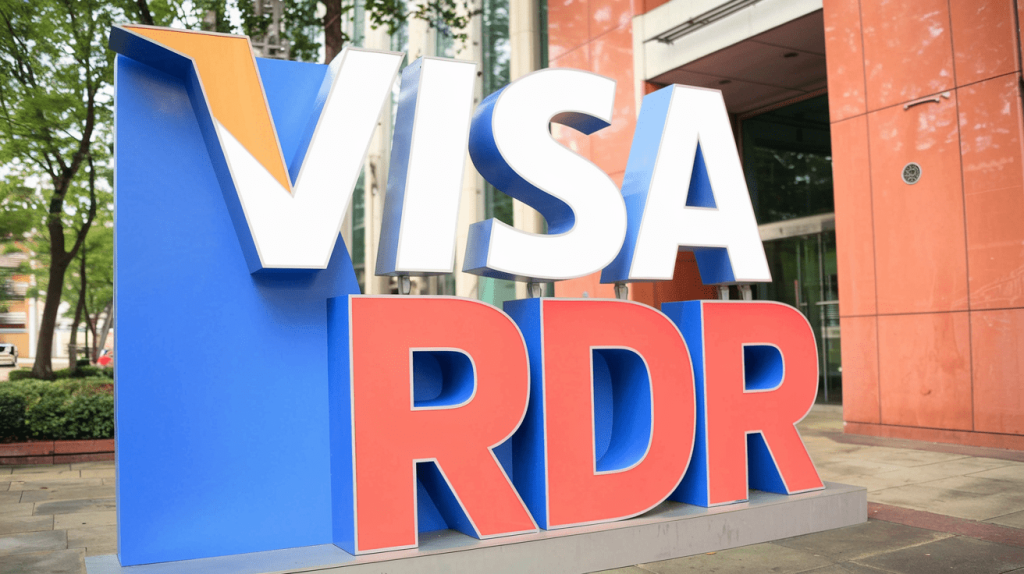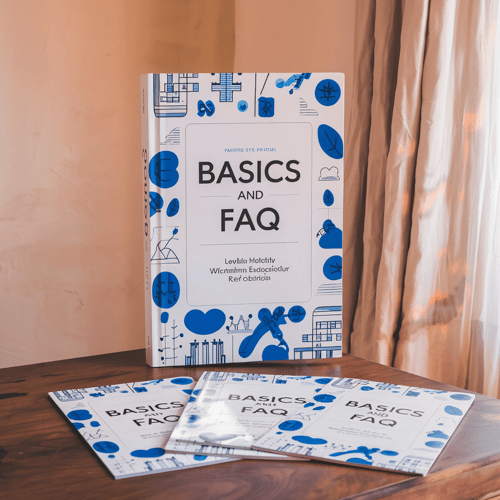Visa Rapid Dispute Resolution (RDR): A Comprehensive Guide
In today’s digital economy, efficient and secure payment processing is critical for merchants and consumers alike. One of the most significant challenges merchants face is dealing with chargebacks, which can be costly and time-consuming. Visa’s Rapid Dispute Resolution (RDR) offers a streamlined solution designed to resolve disputes quickly and minimize the impact on businesses.
This article will delve into the details of Visa RDR, exploring its benefits, challenges, and how merchants can integrate it into their operations effectively.
1. Introduction to Visa Rapid Dispute Resolution (RDR)
Visa Rapid Dispute Resolution (RDR) is an automated service aimed at expediting the dispute resolution process between merchants and consumers. Introduced as part of Visa’s broader strategy to enhance transaction security and efficiency, RDR allows merchants to resolve disputes before they escalate into chargebacks.
The service works by leveraging predefined rules set by the merchant. These rules dictate whether a dispute should be automatically resolved—typically through a refund—or if it should proceed to the traditional chargeback process. The key advantage of RDR is its ability to reduce the time and cost associated with managing disputes, offering significant benefits to both merchants and cardholders.
2. How Visa RDR Works
Visa RDR operates on an automated decisioning system that evaluates disputes based on the criteria set by the merchant. Here’s a breakdown of how the process works:
Automation and Predefined Rules
Merchants can set predefined rules based on various transaction data elements, including:
- Transaction amount (e.g., disputes under $50 may be automatically refunded)
- Dispute reason codes (e.g., services not rendered, item not as described)
- Transaction date and currency code
- Card issuer’s Bank Identification Number (BIN)
These rules allow for a highly customized dispute resolution process, which helps in maintaining a low chargeback ratio.
Process Flow
- Dispute Initiation: A cardholder disputes a transaction, which is then flagged by the issuing bank.
- RDR Evaluation: The dispute is submitted to Visa Resolve Online (VROL), where it is checked against the merchant’s predefined rules.
- Automatic Resolution: If the dispute matches the criteria, an automatic resolution (typically a refund) is issued, preventing the dispute from escalating into a chargeback.
- Notification: Both the merchant and the cardholder are notified of the resolution. If the dispute does not meet the criteria, it proceeds to the traditional chargeback process.
Integration with Other Systems
Visa RDR is part of a broader ecosystem that includes different anti-chargeback tools. These tools provide additional layers of protection and dispute management, ensuring that merchants can handle disputes effectively across different card networks.
3. Benefits of Using Visa RDR
For Merchants
- Reduced Chargebacks: By resolving disputes before they escalate, merchants can significantly reduce their chargeback ratio, which is critical for maintaining a good standing with payment processors.
- Cost Savings: Automating the dispute resolution process reduces the need for manual intervention, saving time and money. According to industry estimates, RDR can reduce the cost of managing disputes by up to 30%.
- Improved Customer Relations: Quick resolution of disputes enhances customer satisfaction, leading to better customer retention and loyalty.
For Cardholders
- Faster Resolution: RDR aims to resolve disputes within 48 hours, compared to the traditional chargeback process, which can take several weeks.
- Enhanced Trust: Cardholders can trust that their disputes will be handled promptly and fairly, improving their overall experience with the merchant.
4. Challenges and Limitations
Not a Complete Solution
While RDR offers many benefits, it is not a panacea for all chargeback-related issues. Merchants must carefully set their rules to avoid automatically refunding disputes that could have been successfully contested. For instance, a merchant might lose revenue by automatically refunding disputes that are later found to be fraudulent.
Customization and Complexity
Setting up and managing the rules for RDR can be complex, especially for merchants with a high volume of transactions or diverse product offerings. It requires a deep understanding of transaction patterns and potential dispute scenarios.
5. Getting Started with Visa RDR
To start using Visa RDR, merchants need to go through a straightforward enrollment process and set up their dispute resolution rules.
Enrollment Process
- Contact a Partner: Merchants should reach out to a partner like Merchanto.org to begin the enrollment process. Merchanto.org offers expert guidance and seamless integration of RDR into your existing systems.
- Submit Required Information: Provide the necessary business and payment processing details to the partner for setup.
- Configure Rules: Work with your partner to analyze transaction data and configure the rules that will govern the RDR process.
Setting Up and Managing Rules
Effective rule setting is crucial for the success of RDR. Here are some tips:
- Analyze Transaction Data: Identify common dispute scenarios and set rules that address these situations.
- Test and Adjust: Regularly review the performance of your rules and make adjustments as needed to ensure optimal results.
Example Table 1: Common RDR Rule Configurations
| Rule Type | Criteria | Action |
|---|---|---|
| Transaction Amount | Less than $50 | Auto-refund |
| Dispute Reason Code | Services not rendered | Auto-refund |
| Transaction Date | Older than 90 days | Manual review |
| Currency Code | USD only | Auto-refund |
6. Case Studies and Examples
E-commerce Retailer Example
A high-volume e-commerce retailer that experiences numerous disputes monthly implemented Visa RDR with the following rules:
- Automatically refund disputes under $75 related to “item not as described.”
- Manual review for disputes over $200 related to “services not rendered.”
Result: The retailer reduced their chargeback ratio by 20% within six months, significantly lowering their processing fees and improving customer satisfaction.
Small Business Example
A small online service provider used RDR to automatically resolve disputes under $25. This approach allowed the business to focus on higher-value disputes while maintaining a positive relationship with its customers.
7. Conclusion
Visa Rapid Dispute Resolution is a powerful tool that can help merchants manage disputes more effectively, reducing costs and enhancing customer satisfaction. By leveraging automation and carefully setting dispute resolution rules, businesses can protect their bottom line and maintain a strong reputation in the marketplace.
However, it’s important to remember that RDR is not a one-size-fits-all solution. Merchants should work closely with a partner like Merchanto.org to ensure that their RDR setup is tailored to their specific needs.
As the payments landscape continues to evolve, solutions like Visa RDR will play an increasingly important role in helping businesses navigate the complexities of digital transactions.
Key Takeaways
- Visa RDR is an automated solution designed to resolve disputes quickly, reducing the likelihood of chargebacks.
- Merchants can customize rules based on various transaction elements, allowing for a tailored approach to dispute management.
- RDR significantly reduces costs associated with manual dispute handling and improves overall customer satisfaction.
- Careful setup and management of RDR rules are crucial to avoid unnecessary refunds and protect revenue.
Example Table 2: Cost Comparison of Traditional vs. RDR Dispute Handling
| Cost Factor | Traditional Dispute Process | Visa RDR |
|---|---|---|
| Time to Resolution | 4-6 weeks | 48 hours |
| Average Cost per Dispute | $20-$100 | $5-$30 |
| Chargeback Ratio Impact | High | Low |
| Customer Satisfaction | Moderate | High |
By integrating Visa RDR into their payment processing strategy, businesses can achieve significant cost savings, improve operational efficiency, and maintain strong customer relationships.



